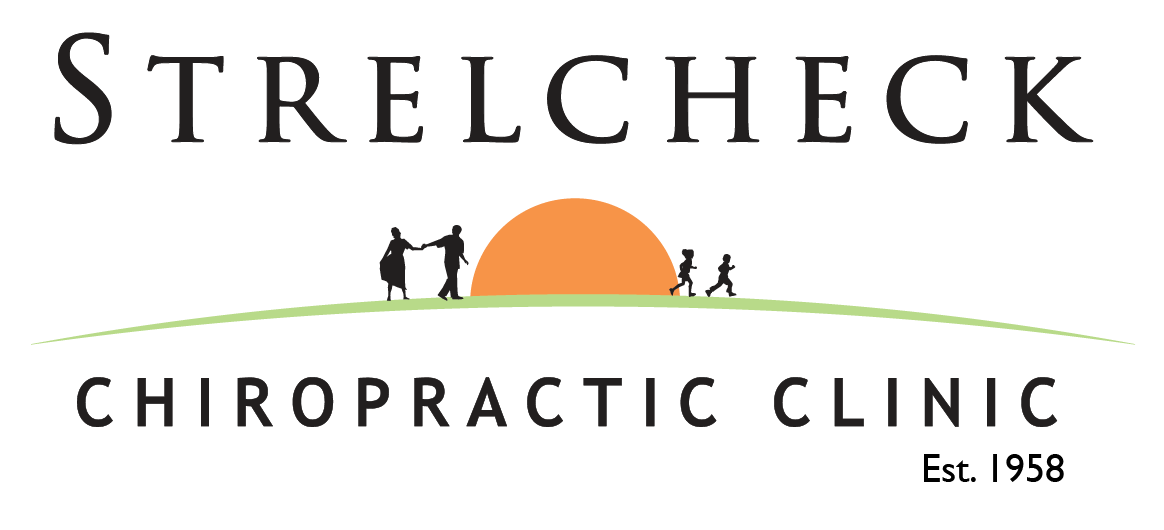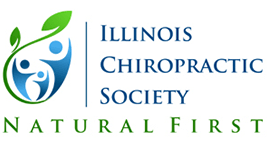TMJ
What is TMJ?
Do you hear clicking when you chew? Are you experiencing ringing in the ears or get frequent headaches? Are you experience agonizing jaw pain? If so, you may be suffering from TMJ Disorder. More then 35 million people in the U.S. struggle with this disorder. TMJ refers to the chronic inflammation of the temporomandibular joint, which connects the jaw to the skull. There are two matching TMJ joints, one on each side of your head, located just in front of your ears. The abbreviation “TMJ” literally refers to the jaw joint but is often used to mean any disorders or symptoms of this region.
Allow our Crystal Lake chiropractors to rid you of your TMJ symptoms such as jaw pain by contacting us today.
Strelcheck Chiropractic has been successfully treating patients with TMJ issues for 57 years. Their specialized techniques will target the problem, eliminate the spasms and symptoms and restore the range of motion by returning the jaw into its normal position.

- Pain while talking, chewing or yawning
- Limited jaw mobility
- Pain in front of the ear that may radiate or travel to the face or skull
- Headaches or migraines
- Ear pain, ringing in the ears or hearing loss
- Clicking, grating or popping sounds as the joints move
A wide variety of stressors on the muscles, tendons and joints of the head and neck include teeth grinding a misaligned bite and sleep positions as well as the use of smart phones, laptops and other devices that require the user to tilt the head down repeatedly or for extended periods.
At Strelcheck chiropractic clinic our approach to your TMJ symptoms begins by taking a comprehensive exam and palpation of the affected areas, a posture evaluation and a discussion about medical and family history, lifestyle habits and daily routines. At that point, we may take X-rays.
Collectively, this data gives us a greater understanding of the severity of the disorder. From there, an individually tailored chiropractic tmj treatment plan is set in motion with one goal in mind: to eliminate the physical stress on the jaw. By doing so, we eliminate the spasms and symptoms and gain range of motion by returning the jaw into its normal position.




